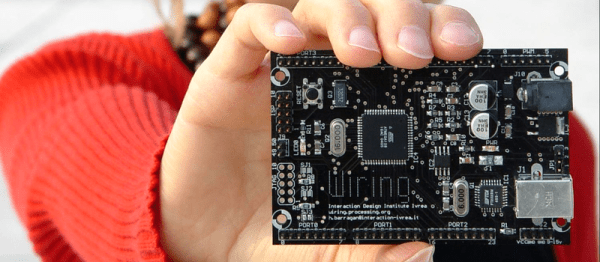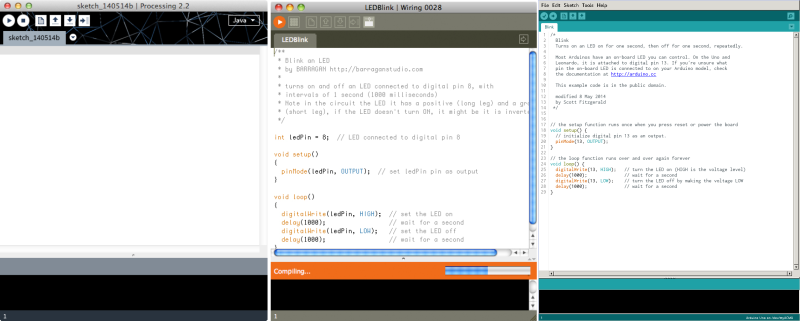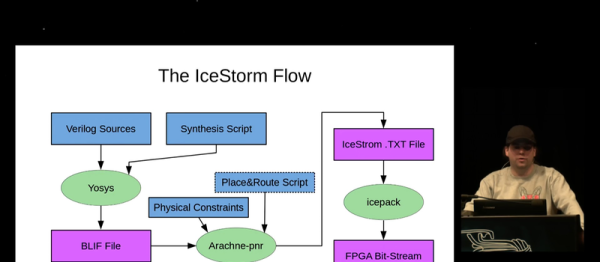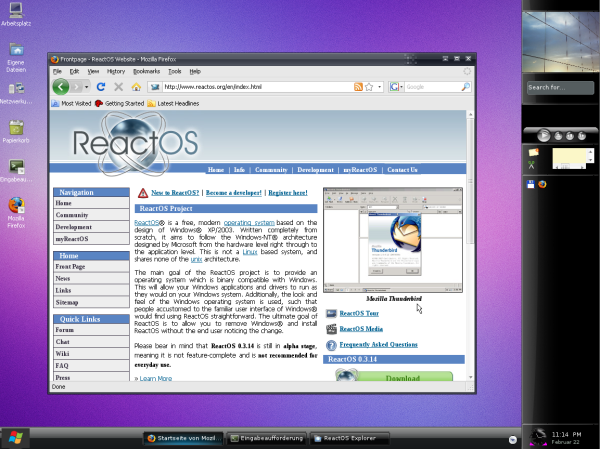Microchip just published their USB-MSD Programmer firmware. This open source project allows a board to enumerate as a USB Mass Storage device. Programming is as simple as copying a .hex file to the “drive”.
This code is what’s running on the $10 Xpress board that they released last month which includes a PIC18F25K50 to serve as a PICkit On Board (PKOB) programmer for the actual target micro; a PIC16F18855. In its stock version, the XPRESS-Loader firmware programs any PIC16F188xx chips that have a row size of 32 words. But it should be possible to tweak this package to program any chips that use the 8-bit LVP-ICSP protocol.
Now, this may seem like small potatoes at first look: it requires two microcontrollers on your board and is capable of programming just a small subset of the vast PIC inventory. But in our minds it’s the USB-MSD that is killer since it doesn’t require any software or drivers on the computer side of things. That’s a big invitation for all kinds of hacks. But there should be even more on the way from the Xpress team before too long.
It turns out the microcontroller [Voja Antonic] chose to use on the Hackaday | Belgrade badge is the 25k50. Since hearing about the Xpress board we’ve been talking to some of the PIC engineers and they are exploring a loader that will program onto the same chip. This means device upgrades without special hardware or drivers – perfect for badge hacking at a conference. This can be done with a precompiled hex, one created on MPLAB X, MPLAB Xpress, or others. We’ll keep you updated if we hear more on that part of the project.


















